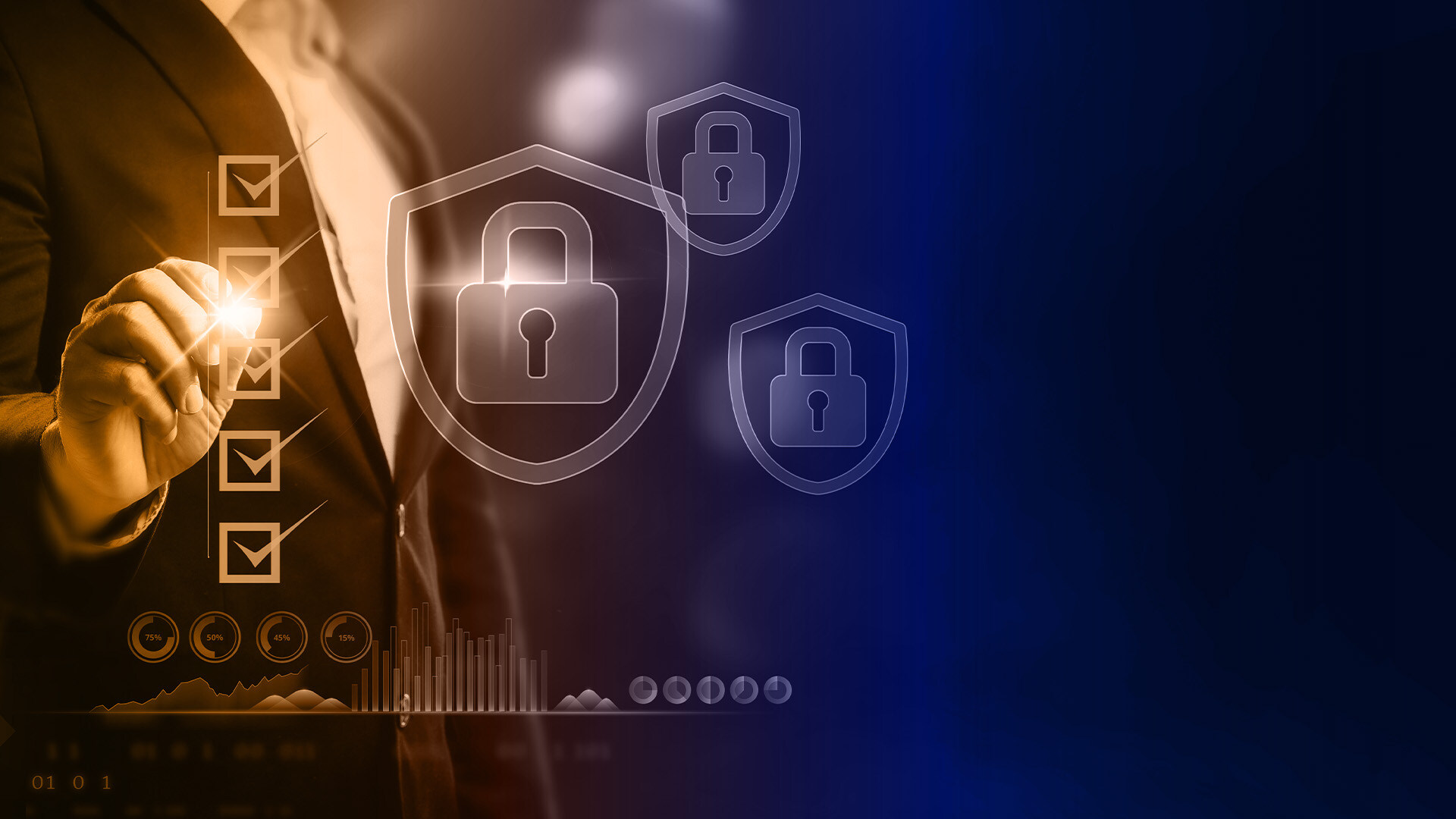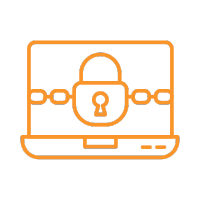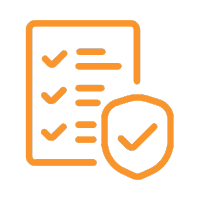
Cigent's Zero Trust Access embodies the principle of "trust, but verify" policy-driven approach. When device is unlocked data files remain protected accessible with step-up authentication protocols defined by policy. Only authenticated users with validated credentials can access files preventing malicious actions.
You’re AlwaysPROTECTED™ with zero-trust access.
Zero Trust reduces the cost of a data breach by about $1 million.
41% of organizations said they have deployed a zero trust security architecture.
59% of organizations said they have not deployed a zero trust security architecture.
Cigent originated from the world’s leading endpoint data exfiltration minds. They reverse-engineered their own processes to develop a solution that truly PROTECTS endpoint data.
By integrating our layers of protection, you can ensure data remains protected even when a device is compromised.

Cigent stops ransomware and other data attacks by requiring step-up authentication to access files. This simple proactive defense mechanism prevents attackers from acquiring access to data even following a device compromise. Ransomware is unable to encrypt data as access is denied.

AI-supported controls streamline security processes, minimizing disruptions for end-users while maintaining a robust security posture. By intelligently automating responses and adjustments, they ensure seamless user experiences without compromising on protection levels.

Granular policy controls allow organizations to meticulously tailor security measures to match the specific risk profiles and roles of individual users or groups. This personalized approach ensures that access rights and security protocols are precisely aligned with each persona's needs, optimizing both security and usability.
Find answers to common questions and concerns about our products, implementation, and support.
What is Zero-Trust Access?
Zero-Trust Access refers to a security model that requires strict identity verification for every person and device trying to access resources on a private network, regardless of whether they are within or outside of the network perimeter. This approach assumes that threats could be anywhere and that no user or device should be trusted by default.
How does Zero-Trust Access improve security?
Zero-Trust Access improves security by minimizing the risk of unauthorized access and data breaches. By verifying the identity of each user and continuously validating their security credentials before granting access to resources, it ensures that only authenticated and authorized users and devices have access to sensitive data. This continuous verification process helps to prevent both external attacks and threats posed by insiders.
What are the key components of a Zero-Trust Access model?
Can Zero-Trust Access be integrated with existing security systems?
Yes, Zero-Trust Access can be integrated with existing security systems to enhance overall network security. It is designed to be flexible and compatible with various technologies including identity and access management systems, security information and event management solutions, and more. This integration helps organizations leverage their current investments while upgrading their security posture.
What industries benefit most from implementing Zero-Trust Access?
While all industries can benefit from implementing Zero-Trust Access, it is particularly beneficial for those handling sensitive data and requiring strict compliance standards, such as healthcare, finance, government, and technology sectors. In these industries, protecting personal information, financial data, and intellectual property is crucial, and Zero-Trust Access provides a robust framework to help secure these critical assets.